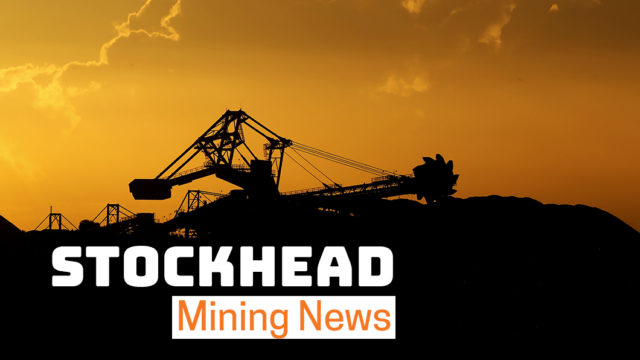The rise of self-sanctioning action by companies and individuals in response to Russia’s invasion of Ukraine has big implications for commodity markets.
In the past, it was left to governments to impose sanctions in an effort to force change.
But such is the shock of the attack on Ukraine, companies and individuals around the world are self-sanctioning in protest.
Corporations are exiting Russian investments and are refusing to deal in goods and services with the country while individuals are pouring their Russian vodka down the sink, among other things.
The self-sanctioning is on top of government sanctions which, at this stage, are pretty much limited to the banking system rather than the oil and gas flows that Europe needs to get through winter.
Garimpeiro is no geopolitical expert. What he does know is the attack on Ukraine is having a profound impact on global commodity markets, and will continue to do so until Putin’s madness comes to an end.
That is well understood. What intrigues Garimpeiro though is what the rise of self-sanctioning by corporations and individuals will have on commodity flows in and out of Russia once “peace in our time’’ is reached, and Putin is moved on.
Will corporations and individuals remove their sanctions, or will “Made in Russia’’ become something to avoid for decades to come?
It’s an important question for future commodity flows (and goods and services generally) because Russia is a big exporter of energy and grains, as well as metals.
Palladium is a telling example in the metals space.
Russia accounts for about 40% of the global supply of palladium (10% of mined platinum), most of which finds its way into catalytic convertors to clean up car exhaust fumes.
Palladium also has rising industrial applications, including semi-conductors and fuel cells.
Will automakers and consumers be happy to have Russian palladium in their new cars in the wake of the tragedy in Ukraine, just as mobile phone makers try to avoid the use of tantalum sourced from those African nations where slavery and child labour are a problem?
Judging by the depth and breadth of this new self-sanctioning phenomenon in response to Russia’s attack on Ukraine, it seems most unlikely.
That means new sources of non-conflict/ethical supply will be increasingly sought across the full suite of platinum group metals (PGMs) which tend to occur together in nature – platinum, palladium, rhodium, ruthenium, iridium and osmium.
The immediate threat to Russian palladium supplies during the fog of war is already driving palladium prices higher.
Since the invasion started, the price has risen to $US2,715/oz from an already elevated $US2,300/oz. The all-time record of $US3,000/oz is in sight.
Australia is currently a small by-product producer of PGE’s at nickel operations.
But a bunch of companies on the ASX are advancing PGE and PGE/base metal exploration and development projects.
None will go close to replacing Russian supply, but they could make a difference, and in the eyes of evermore ESG focussed investors, that’s important.
CHALICE MINING (CHN): Trading at $7.52. Now a $2.7 billion company following the March 2020 discovery of its palladium-rich Gonneville deposit, part of its broader Julimar project on Perth’s doorstep. Macquarie has a 12-month price target on the stock of $10.55. A scoping study into the development of the PGE-nickel-copper deposit is in the works but on Macquarie figures, Gonneville could produce 215,000ozs of palladium in 2026, rising to 265,000ozs in 2027.
IMPACT MINERALS (IPT): Trading at 1.3c. The company’s Platinum Springs nickel-copper-PGE project at Broken Hill is an interesting one. It recently attracted the attention of IGO which can earn a 75% interest over 8 years by spending $18m on exploration. A large and strong electromagnetic conductor – prospective for massive sulphide mineralisation – has just been identified in survey work. It is a priority for follow up work.
PODIUM MINERALS (POD): Trading at 35c. Planning to be Australia’s first PGM producer from its Parks Reef project in WA. It has just released a stock exchange compliant “exploration target’’ for Parks Reef for between 2.7m and 3.8m ounces of combined platinum, palladium and gold. Drilling is underway.
You might be interested in











